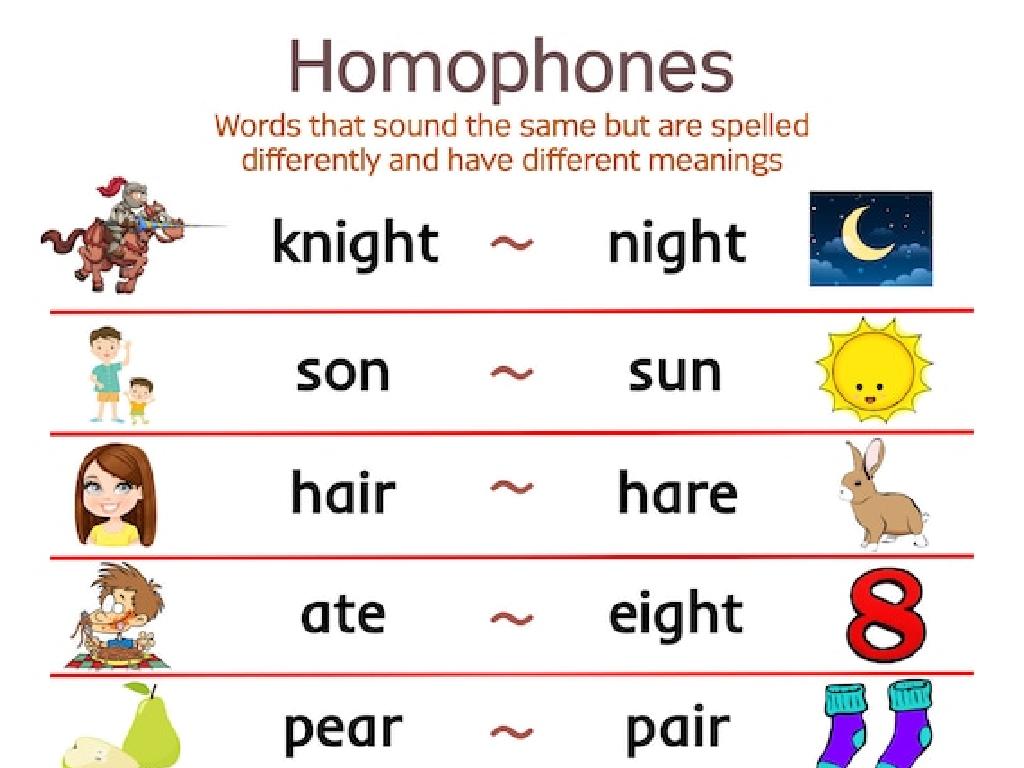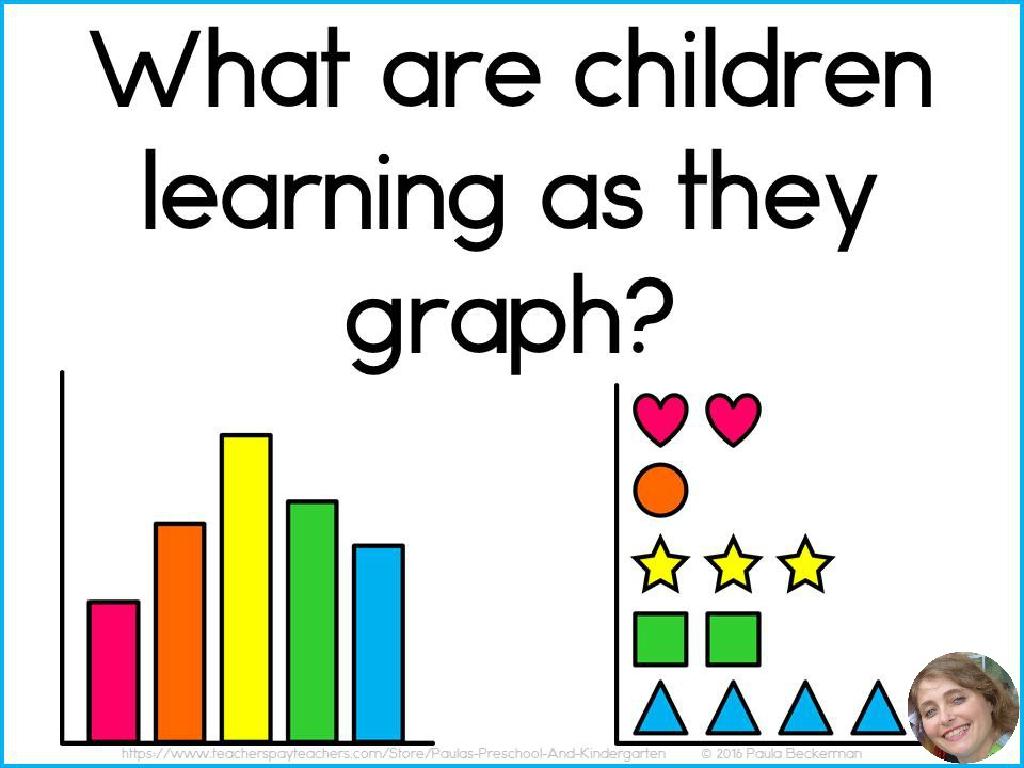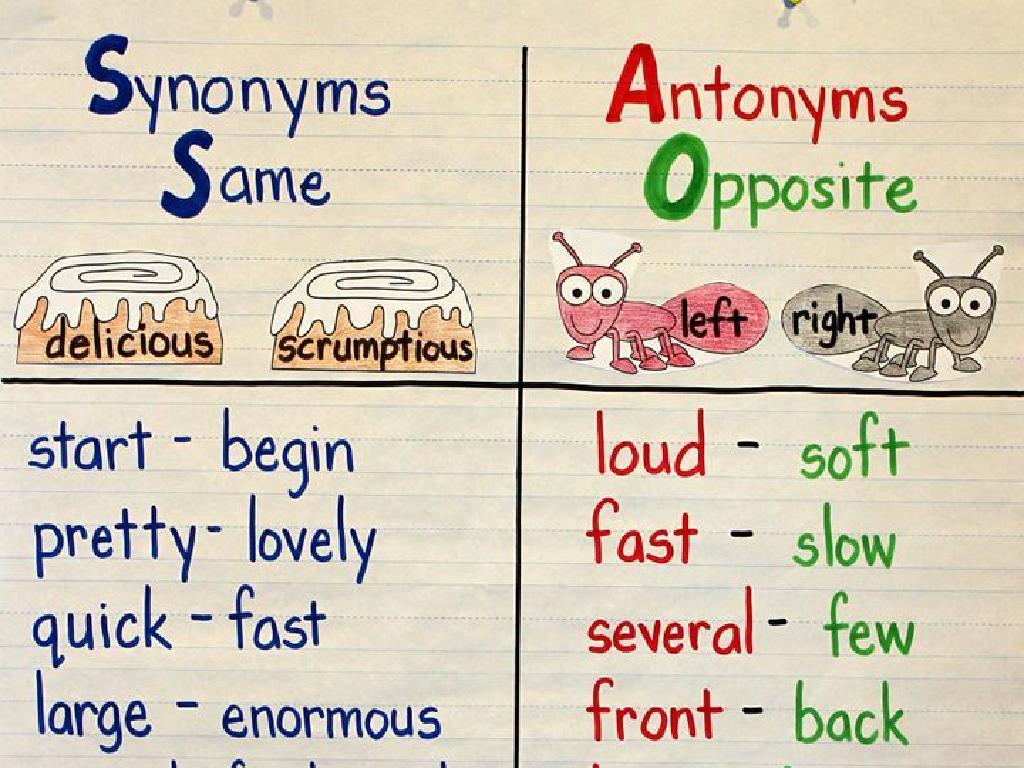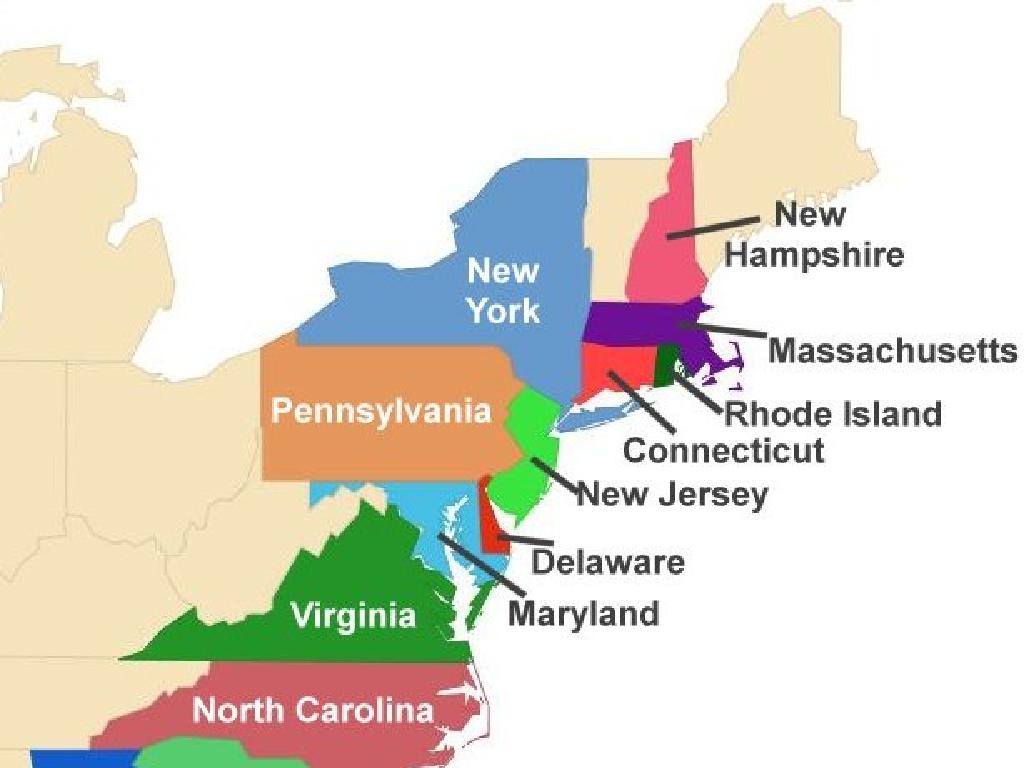Costs And Benefits
Subject: Social studies
Grade: Sixth grade
Topic: Basic Economic Principles
Please LOG IN to download the presentation. Access is available to registered users only.
View More Content
Understanding Costs and Benefits
– Economy overview
– How goods, services, and resources are managed
– Economic principles basics
– Rules that determine economic activity
– Focus on costs and benefits
– Weighing negatives against positives in decisions
– Analyzing choices
|
This slide introduces students to the foundational concepts of economics, starting with a basic overview of how economies function by managing goods, services, and resources. It then moves on to explain the basic principles that govern economic activities, such as supply and demand, scarcity, and opportunity costs. The focus of today’s lesson is on understanding costs and benefits, a critical concept that involves analyzing the negatives and positives associated with any economic decision. Encourage students to think about simple day-to-day choices they make, such as buying a snack or saving their allowance, and how those decisions involve weighing costs against benefits. This will help them grasp the concept of analyzing choices in a broader economic context.
Understanding Costs in Economics
– Define economic costs
– Costs are expenses incurred in production or consumption.
– Explore types of costs
– Fixed costs remain constant; variable costs change with activity; opportunity costs are benefits foregone.
– Opportunity cost concept
– Choosing between a movie or a book fair involves opportunity costs.
– Real-life cost examples
– Spending allowance on games vs. saving for a bike.
|
This slide introduces the concept of costs within the realm of economics, tailored for a sixth-grade audience. Begin with a simple definition of costs as the expenses that businesses or individuals incur. Discuss the different types of costs: fixed costs that do not change regardless of activity level, variable costs that fluctuate with production volume, and opportunity costs, which represent the benefits missed when choosing one alternative over another. Use relatable examples such as spending a limited allowance on games versus saving for a larger purchase like a bike to illustrate the concept of trade-offs and opportunity costs. Encourage students to think of their own examples of costs they encounter in their daily lives.
Understanding Benefits in Economics
– Define economic benefits
– Benefits are gains from economic choices, like buying a product or service.
– Short-term vs. Long-term benefits
– Short-term benefits are immediate, long-term may take years to realize.
– Everyday examples of benefits
– A benefit like buying a bike is health and transportation.
– Analyzing benefits in decisions
– Weighing benefits helps make informed choices, like saving money vs. spending.
|
This slide aims to help students grasp the concept of benefits as they relate to economic decisions. Begin with a definition of benefits, emphasizing that they are the positive outcomes or gains we receive when we make certain choices. Discuss the difference between short-term benefits, which are immediate or soon after a decision is made, and long-term benefits, which may take time to materialize. Provide relatable examples, such as the benefits of purchasing a bicycle for health and transportation. Encourage students to think about how analyzing the benefits of different choices can lead to better decision-making in their daily lives. This will set the foundation for understanding the cost-benefit analysis in future lessons.
Costs vs. Benefits: Making Smart Choices
– Learn to compare costs and benefits
– Weighing the pros and cons of a decision
– Decision making with costs and benefits
– Choose the option with the greatest benefits over costs
– Group discussion on scenarios
– Discuss real-life situations and decide the best course of action
– Understanding economic trade-offs
|
This slide introduces the concept of comparing costs and benefits, which is a fundamental aspect of making informed economic decisions. Students will learn how to evaluate the pros and cons of a decision by weighing the potential benefits against the possible costs. Emphasize the importance of considering both tangible and intangible factors. The group discussion activity will involve analyzing different scenarios to practice decision-making skills. Encourage students to think critically about the outcomes of their choices and to understand that every decision involves trade-offs. Provide examples such as spending money on a new video game (cost) versus the hours of enjoyment it may bring (benefit).
Understanding Cost-Benefit Analysis
– Steps in cost-benefit analysis
– Identify costs & benefits, compare them, and decide the best option.
– Why it’s key in decisions
– Helps determine the most economical choices for individuals and businesses.
– Real-world case study
– Example: Choosing between a school field trip or new library books.
|
This slide introduces students to the concept of cost-benefit analysis, a critical thinking tool used in economics to evaluate the pros and cons of a decision. Start by explaining the steps involved in conducting a cost-benefit analysis, emphasizing the importance of listing all possible costs and benefits and then comparing them to make an informed decision. Highlight the significance of this analysis in everyday decision-making, both in personal life and in business contexts. Use a relatable case study, such as deciding how to best use funds for school improvements, to illustrate the practical application of cost-benefit analysis. Encourage students to think of other scenarios where they could apply this tool.
Opportunity Cost: Making Choices
– What is Opportunity Cost?
– The next best alternative given up when making a decision
– Daily life examples
– Choosing soccer over baseball practice
– Opportunity Cost in choices
– Every choice has a potential opportunity cost
– Activity: Spot the Opportunity Cost
|
Opportunity cost is a key concept in economics that refers to the value of the next best alternative that is forgone when a decision is made. It’s not just about money, but also time, convenience, and other factors. For example, if a student chooses to play soccer instead of attending baseball practice, the opportunity cost is the baseball practice they missed. In daily life, opportunity costs are present in every decision we make, from the simple choice of what to eat for breakfast to more significant decisions like which extracurricular activities to pursue. The class activity will involve students analyzing different scenarios to identify the opportunity costs involved. This will help them understand that every choice has a trade-off and how to weigh options to make informed decisions. Provide scenarios that are relatable to their age group to ensure engagement.
Class Activity: The Lemonade Stand
– Learn about running a business
– Calculate costs and benefits
– Consider expenses and potential earnings
– Group activity: Decision making
– Choose location, price, and advertising strategy
– Discuss outcomes with the class
|
This interactive class activity is designed to introduce students to basic economic principles through a simulation of running a lemonade stand. Students will work in groups to make decisions on various aspects of the business, such as location, pricing, and marketing, while considering the costs and potential benefits. They will calculate expenses like ingredients and supplies against anticipated sales to understand profit and loss. After the activity, groups will discuss the outcomes of their decisions and reflect on what strategies led to a successful lemonade stand. This hands-on experience will help students grasp the concept of costs and benefits in a fun and engaging way.
Reflecting on Costs and Benefits
– Recap: Costs vs. Benefits
– Review the trade-offs in economic decisions
– Applying economic principles
– How can we use this knowledge in real-life scenarios?
– Engage in class discussion
– Discuss with peers to explore different perspectives
– Share your thoughts
|
This slide aims to consolidate the students’ understanding of the costs and benefits concept in economics. Begin with a brief recap of what costs and benefits mean, emphasizing that every choice has a trade-off. Encourage students to think about how they can apply these principles to everyday decisions, such as choosing how to spend their time or money. Facilitate a class discussion where students can share their thoughts and what they’ve learned. This will help them to appreciate different viewpoints and reinforce their understanding. The discussion can include examples like saving allowance money versus spending it, or studying versus playing video games, to make it relatable.






